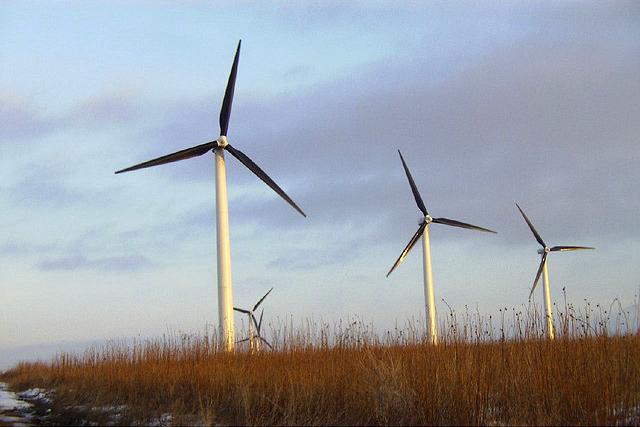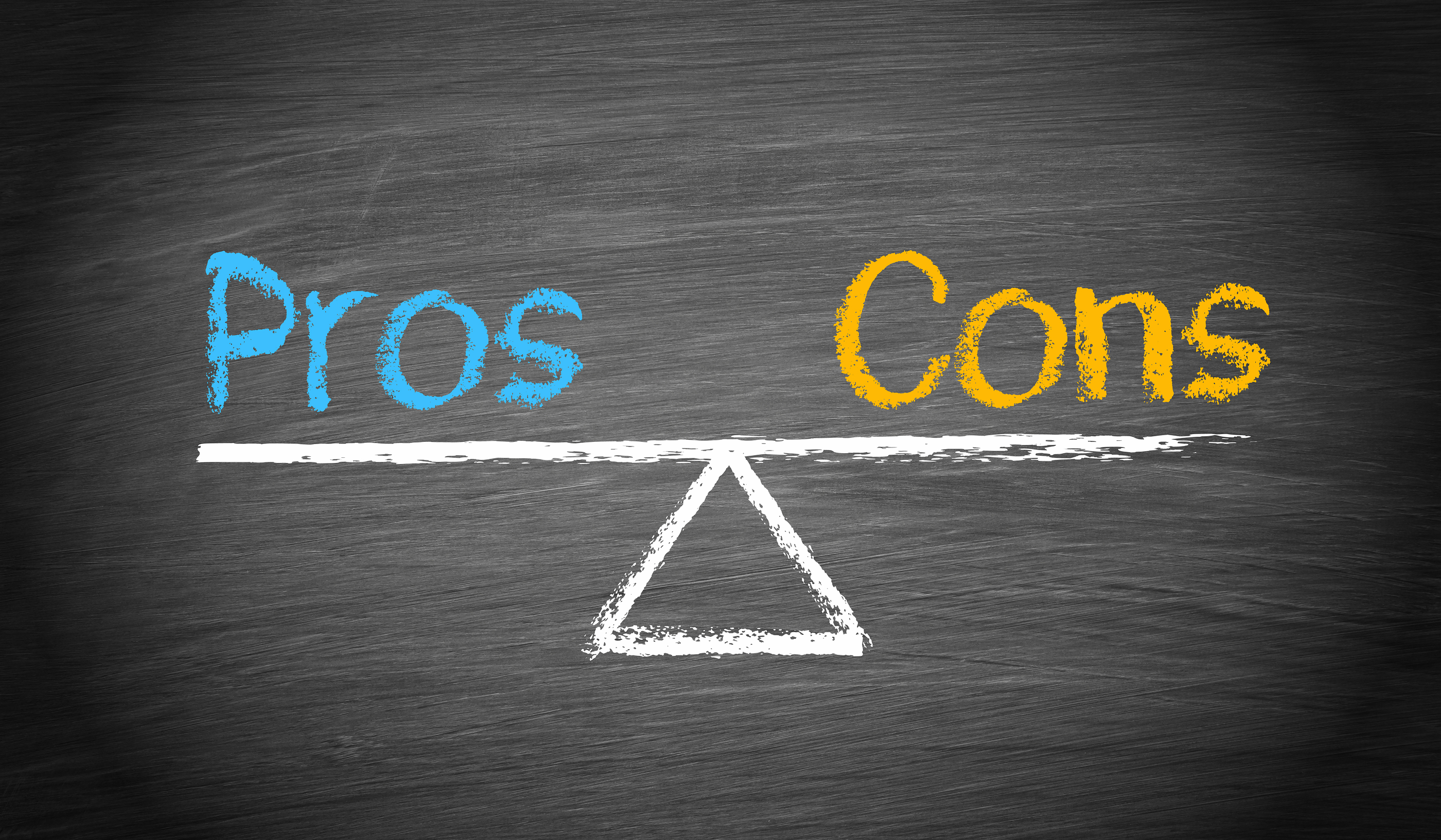Pros and cons of wind energy
Wind turbines came to Northfield in 2004 and with nary a boo. Both Carleton College and St. Olaf College installed their own wind turbines and, as Hanna Terwilliger noted in her post at Exit69history.wordpress.com, “Neither of the colleges faced any documented opposition from local citizens. These turbines were some of the first in the region, but as they are relatively isolated from residential areas and not part of larger developments, construction began without controversy.” (9 May 2013) However, this has not been the case for nearby Greenvale Wind Farm in Greenvale Township or the Rose Lake Wind Project in Faribault County. These represent many Minnesota wind projects in more recent years that have seen community members voice opposition to projects in their backyards. Wind Energy is a form of energy that is appealing to many but like anything in life it has negative aspects to consider as well. Let’s look at the advantages and disadvantages of Wind Energy.

Wind energy is renewable, sustainable, plentiful, and does not pollute the air. It is domestically produced and cost effective. It is a proven technology and with advances in technology production and maintenance, costs are dropping. Wind energy creates jobs, has positive impact on the local economy providing diverse use of available lands and reduced cost for use of power generated by the turbines.
On the other hand, wind energy is unreliable and not available everywhere. It does not pollute the air but the manufacture, the delivery, and the maintenance of the turbine and its parts does require the use of fossil fuels. It is costly to install including the purchase or lease of land and preparing it for installation, and the connectivity to the local power infrastructure. The cost advantages rely on government subsidies and credits and, because this technology has not been in use long, the break-even and machine lifespan factors remain unknowns. The turbines affect the visual aesthetics of the land and are a threat to the local aviary and bat populations. Lastly, humans are affected by the noise and shadow flicker produced by turbines depending on the setback from residential property lines. More studies are needed in order to determine the effects and proper treatment. For more information go to www.vittana.org and www.energy.gov.
CREDIT: promisec.com
Minnpost.com

